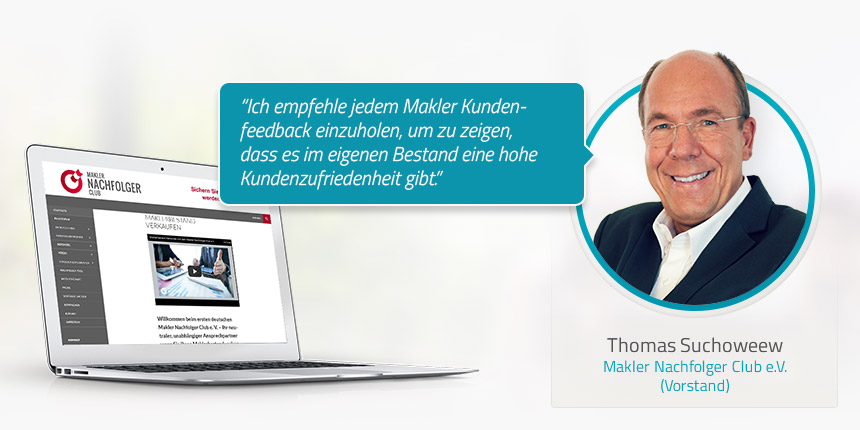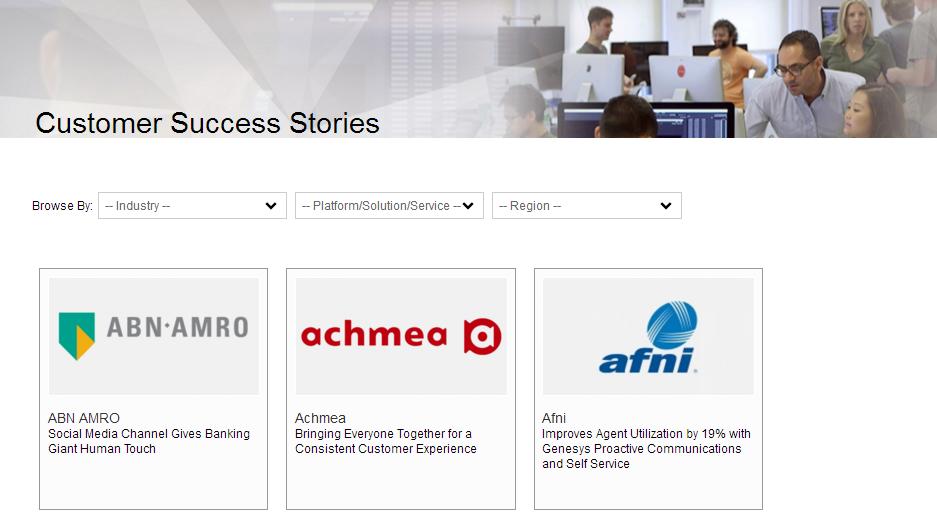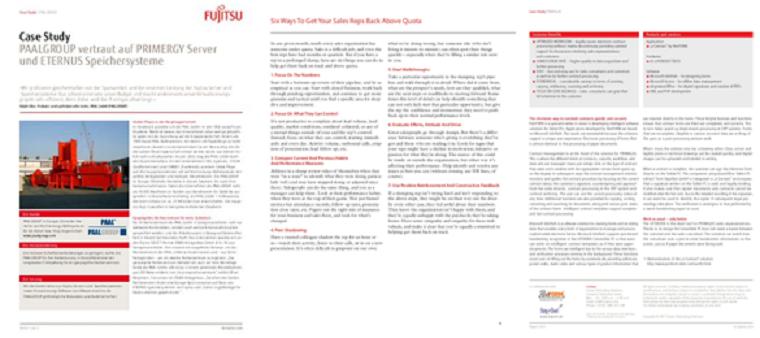If you look at the websites of large software and IT companies, you are constantly presented with different terms…. sometimes, they are called case studies, while other companies present success stories and others refer to customer stories.
But are these really just synonymous terms which describe the same fundamental kind of communication? Or do they conceal different documents which should all be used for different occasions or goals?
Curious about the answers to these questions and to support them with concrete examples, I looked at the case studies offered by leading software and IT companies in preparation of this post, to see what they mean by case studies, success stories or customer (success) stories.
First of all, no matter whether a case study or a success story (synonym with customer success story), in both cases it is a special form of an underlying testimonial or a reference / customer recommendation.
Testimonials
A classic testimonial is a 1 to 2-sentence quotation of a satisfied customer, which the person/company allows you to use in your marketing (explicit permission is always required!).
Here is an example of a testimonial, on the website of ProvenExpert.de, an online recommendation service.

Testimonials are especially effective because they generate social proof. Social proof means that the fact that you have achieved great results for similar customers in the past, is a proof that you can do the same for a new customer, such as a prospect browsing your website.
But instead of you yourself telling the reader what a great supplier you are, it is stated by a satisfied customer – now this is really effective, credible marketing: SOCIAL PROOF.
If, however, you want to offer more complex and higher-priced solutions in the B2B sector, then testimonials are not enough. Interested prospects need more detailed information. Many companies, particularly in the IT and software sector, therefore provide customer stories, or success stories, on their website. They encompass more detailed reports on past customer projects.

Success Stories are detailed reports on the experiences and results of a client company. Here, for example, Genesys presents a wealth of Customer Success Stories on their website.
The most important features of Customer Stories:
- Length: mostly 1-2 pages, as my research on Success Stories by major IT companies has confirmed.
- Story: As the name already suggests, success stories are written in the form of stories that are told from the customer’s point of view and report similar like an article does.
- Styling: to emphasize the character of the story, several quotes of the satisfied customer should be included. This is particularly useful in passages where the client’s original problem is described or the great results reported.
- Structure the structure of a success story goes from the problem to solution and finally to the results that the customer has achieved. Specific to the success story itself, however, is that it also describes how the customer learnt about the provider (ie you) or why he chose you (usually in the form of or supported by a customer quote!)
Success Stories are ideal for illustrating the benefits and advantages of your solution while being compact enough to be read in one session from start to end by even the most time-stressed decision-makers.
Nevertheless, there are cases in which even a success story is not enough to give the interested reader the wealth of insights he needs to be well informed to reach the next step along the Customer Journey.
This is where the case study comes into play.
A case study is a very detailed description of a past project or the implementation of a solution offered by the provider to the customer. It is mainly used in software and industrial industries.

Here you see an example by the manufacturer Fujitsu. The first page starts with a big header and a short summary, for better readability a short version is offered in the individual tables. Most case studies are 3 pages, sometimes 4.
Important features of a professional case study are:
- Length: 3-4 pages, as my research on Cisco (3 pages) or Genesys (3 pages) also showed.
- Study: as concerns its tone, a case study is more technical than a success story. In the sense of a study, the question “How?” gets answered. Describe the implementation of your solution in a detailed and chronological manner (step 1, step 2, …)
- Styling: just as with Success Stories, you should always quote the strongest statements by direct quotes from your customer. Particularly in the section on results. Results can also be stated in a compact fashion in 3 bullet points, each of them with a specific number or percentage.
- Structure: The structure follows the classic problem-solving orientation and goes from problem / challenge to the decision process of the customer, then to the solution, first describing the implementation in detail, then the advantages and the results achieved
Case Study or Customer Story – Which One Should You Choose?
You may also be faced with the question whether you should write a case study or a success story about your last project or completed projects.
While it is difficult to give a general recommendation, it is advisable to first observe the following criteria. From this it can be deduced whether a shorter success story or more detailed case study is suitable to achieve the desired effect for the reader.
- Previous standard: The most important criterion is your previous approach: Did you publish case studies or success stories so far? The performance should of course be uniform, but do not restrict yourself to the past! If necessary, you can create a success story. Continue to call it as you previously did, but once in a while make it 1-2 pages longer than usual.
- Need for explanation: How complex was the project and/or the solution to be described? The bigger the need for explanation, the more you should prefer a case study to a success story.
- Amount of investment: What is the investment sum for the solution implemented by the customer in the case study (hence also the prospect researching…)? More complex projects with higher prices call for a case study as the reader has more uncertainty and is willing to read more.
- Innovativeness of the product: Another consideration is finally how old the product is, which is used in the case study. If the product is e.g. still very new and is also very actively advertised by you, the first case studies can be particularly helpful to support sales and highlight the effectiveness of the solution.
By observing these 4 aspects and, in fact, coordinating them with the responsible persons in the sales department, you can make a qualified decision as to how extensive the content document to be produced needs to be.
Support for Case Study, Customer Story and Co
If you need professional support in the creation of your case study or success story, then I will be happily at your disposal. As an experienced copywriter and author in the field of B2B communication, I will accompany you from collection of the information until its conclusion and layout of your document. I will also be happy to interview your customers on your behalf, if you still need to gather some information.
Contact me right now at +43 680 133 09 56 or Send me an e-mail inquiry. I look forward to serving you!


